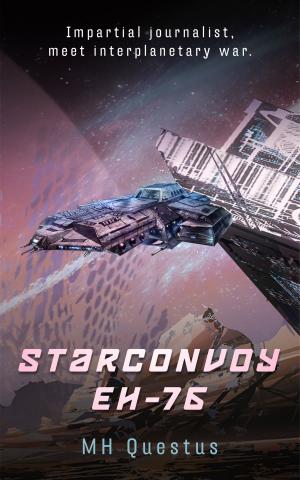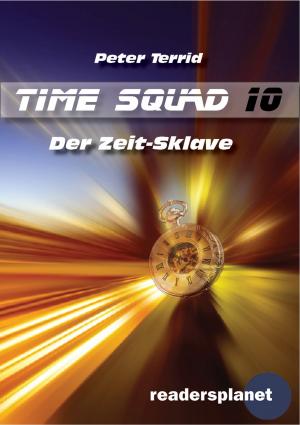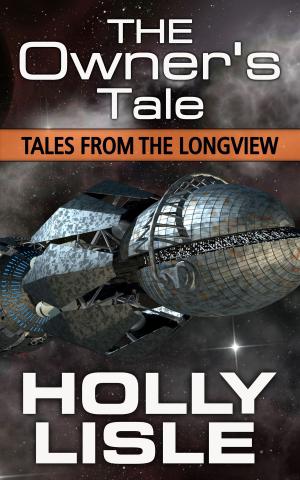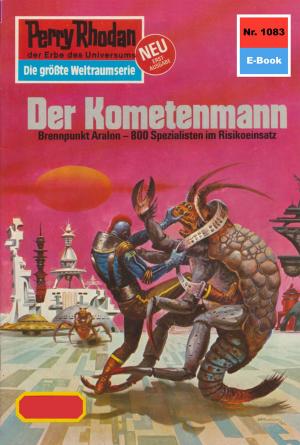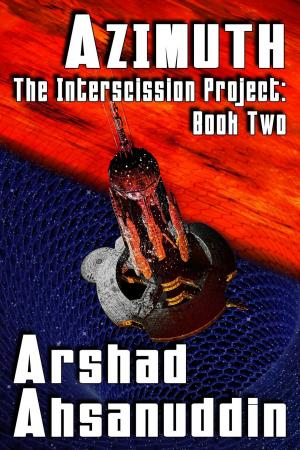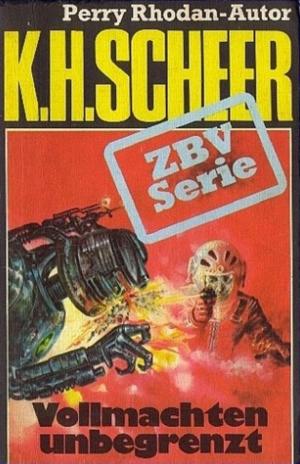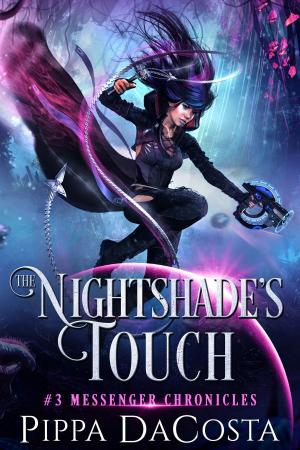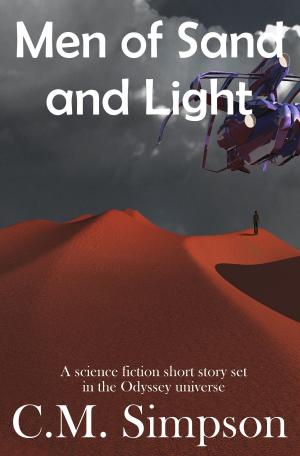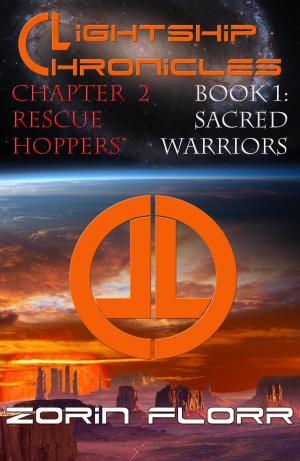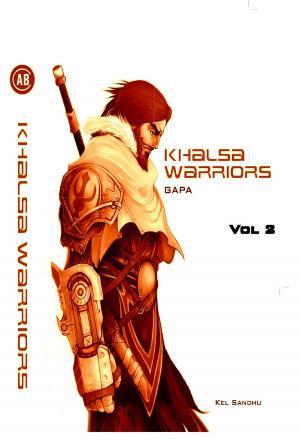| Author: | Levin A. Diatschenko | ISBN: | 9781621542773 |
| Publisher: | ePub Bud | Publication: | May 31, 2012 |
| Imprint: | Language: | English |
| Author: | Levin A. Diatschenko |
| ISBN: | 9781621542773 |
| Publisher: | ePub Bud |
| Publication: | May 31, 2012 |
| Imprint: | |
| Language: | English |
The small spacecraft Wanderjahre comes upon a coffin floating in space. Bringing it inside the ship, Captain Spendthrift discovers a Gleamer (the first type of robot deemed sentient) inside it. The captain follows the coffin’s trajectory back to a nearby Earth to find that its major cities are engaged in massive funerals processions with hundreds of coffin-bearers surging down the main streets. All the coffins are identical to the one Spendthrift had picked up. There are many planet Earths, all linked across dimensions by the force called gravity. All known Earths share similar historical and political backgrounds (though with varying emphases) but Earth 13 stands out bizarrely. The men there die on consummation, and the women only weeks after childbirth. The children inherit the combined memories of both parents, while the population shrinks. Millions of people from the other Earths flock to the funeral planet, and wait with bated breaths for what may be the last Thirteener – one person with the knowledge of an entire species. The locals of Earth 13 employ Captain Spendthrift – member of the Astronaut’s Guild – to find the mythical moon rumoured to be revolving around Earth 13, and penetrate the infamous ‘hidden moon cult.’ This group of nuns, who also may or may not exist, have either discovered the secret of immortality or degraded over the years into predatory vampires. Either way, they may pose a threat to the last Child. As with Levin A. Diatschenko’s other novels, 'My Soul Cried the Spaceman' discusses the metaphysical and psychological underpinnings of human culture. This is his fourth novel, a science fiction written in the vein of Theodore Sturgeon and Philip K. Dick.
The small spacecraft Wanderjahre comes upon a coffin floating in space. Bringing it inside the ship, Captain Spendthrift discovers a Gleamer (the first type of robot deemed sentient) inside it. The captain follows the coffin’s trajectory back to a nearby Earth to find that its major cities are engaged in massive funerals processions with hundreds of coffin-bearers surging down the main streets. All the coffins are identical to the one Spendthrift had picked up. There are many planet Earths, all linked across dimensions by the force called gravity. All known Earths share similar historical and political backgrounds (though with varying emphases) but Earth 13 stands out bizarrely. The men there die on consummation, and the women only weeks after childbirth. The children inherit the combined memories of both parents, while the population shrinks. Millions of people from the other Earths flock to the funeral planet, and wait with bated breaths for what may be the last Thirteener – one person with the knowledge of an entire species. The locals of Earth 13 employ Captain Spendthrift – member of the Astronaut’s Guild – to find the mythical moon rumoured to be revolving around Earth 13, and penetrate the infamous ‘hidden moon cult.’ This group of nuns, who also may or may not exist, have either discovered the secret of immortality or degraded over the years into predatory vampires. Either way, they may pose a threat to the last Child. As with Levin A. Diatschenko’s other novels, 'My Soul Cried the Spaceman' discusses the metaphysical and psychological underpinnings of human culture. This is his fourth novel, a science fiction written in the vein of Theodore Sturgeon and Philip K. Dick.

